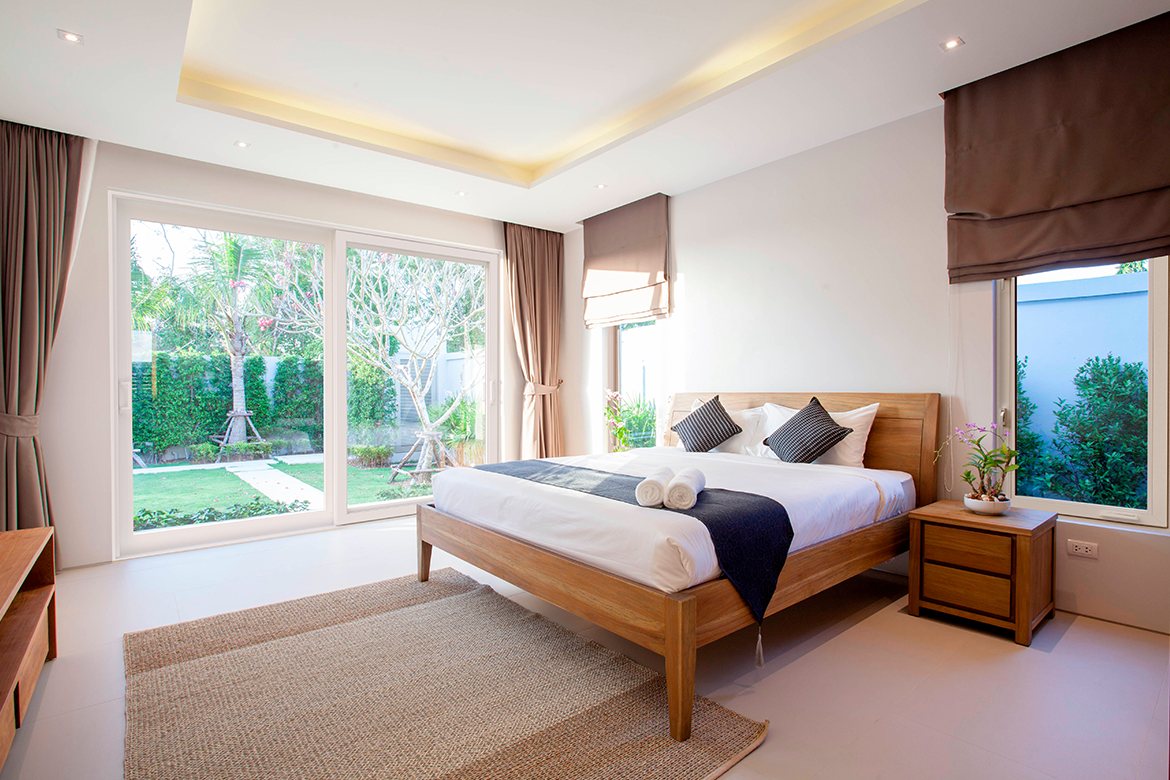The average energy bill for a typical single family home in the United States is $2,060, according to ENERGY STAR. Together, heating and cooling make up a significant portion of this figure, while electronics, water heating, lighting, and appliances also come into play.
Related: Six Smart Ways to Spend Unexpected Money
Many factors impact the cost of your household’s utilities. And while some of these may be out of your hands, others directly relate to factors within your control, including the energy efficiency of your home, the size of your home, and your household resource use.
Looking to trim your energy costs while also doing your part for the environment? Read on for a roundup of four tips to get started saving.
Invest in—and Use—Smart Appliances

Smart appliances are devices that connect to smartphones and tablets in order to improve control, convenience, efficiency and information sharing. For example, thermostats can be programmed to warm your house to a desired temperature while you’re away from home. In addition to improving water and energy efficiency, smart appliances can also make your home safer and more comfortable.
Proposes IGS Energy of smart appliances including washers and dryers, dishwashers, ovens and microwaves, security cameras, coffee makers, televisions, refrigerators, door locks, lighting and thermostats, “Smart appliances allow you to make daily tasks happen ‘in the background’ while you get on with the more important things that compete for your time.” Of course, buying smart appliances is only half of the savings equation. You must also commit to using them.
But even if you can’t afford to upgrade to smart appliances just yet, you can still save money by adjusting your own behaviors — for free. For example, not only do you run washers and dishwashers less frequently when you wait until they’re full, they’re actually designed to run more efficiently when they’re full. Routinely cleaning your appliances, keeping the oven door closed when cooking, and avoiding standing in front of an open fridge are all small, simple behavioral changes that add up.
Switch to LED Light Bulbs
You don’t have to make big changes to make a difference. In fact, the average home can save nearly $1,000 in a decade just by swapping out incandescent and halogen light bulbs for LEDs. “LED light bulbs are good quality, last longer, and are ultimately going to save money over time,” says Mel Hall-Crawford, who heads up energy programs and special projects at the Consumer Federation of America (CFA).
These aren’t your mother’s LEDs, either. LED technology has improved a lot over the years and now includes options in many shades of white and daylight, dimmable varieties, and omnidirectional bulbs.
Related: No Style Sacrificed: High-end Design With A Lower Price Tag
Program Your Thermostat
While smart thermostats offer the ultimate convenience, you don’t need a smart thermostat to save money. Installing an energy efficient programmable thermostat can also help you keep your utility bills low.
According to Energy.gov, you can save up to 10 percent a year on heating and cooling costs just by programming your thermostat in both the winter and the summer. This strategy also allows you to easily maintain comfortable temperatures when you’re home and lower your energy use when you’re away from home or sleeping.
Upgrade Your Windows and Window Treatments

Featuring our Sentinel Sliding Glass Door 150 and Casement Window 238SN
While installing new windows is an investment, it’s a worthy one. If your home has older windows, they may be causing you hundreds of extra dollars a year in heating and cooling costs. In fact, according to the US Department of Energy, upgrading to energy efficient windows can save you up to 15 percent on your household energy bills — as much as $500 annually, depending on where you live. An ancillary benefit? New windows can also make your home quieter.
Specifically, energy efficient windows may include many beneficial features, including double and triple panes of glass, insulating window frame materials, spacers that reduce heat flow and limit condensation, and the use of low emissivity, or “low-E” — glass.
While upgrading your windows is a wise choice if your budget allows, you can still improve the efficiency of your windows if replacing your windows isn’t an option at the moment. Drapes, window films, shades, interior, and exterior blinds, awnings, shutters, and screens can all help lower your energy bills. There are now even “smart” window treatments that allow you to operate them from your phone throughout the day or to program them according to a weekly schedule.
Related: Unsung Benefits Of Impact Windows & Doors
And remember: While some of these changes do involve an upfront cost, many of them pay for themselves in the form of lower energy bills for years to come. Plus, can you really put a price on protecting the planet?
